15 Best Interview Questions for Interior Designers With Sample Answers
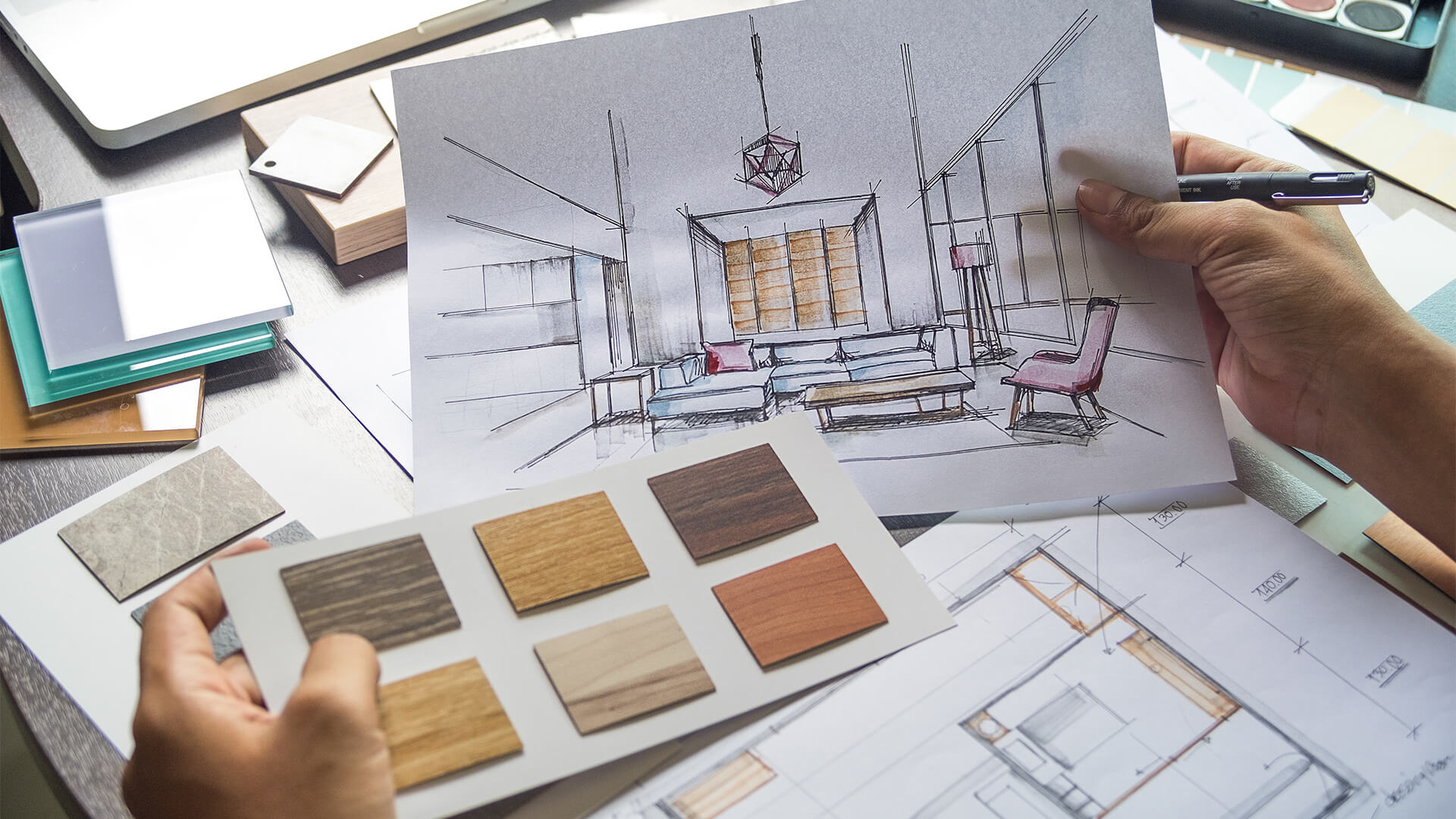
Table of Contents
Interior design is a dynamic work field. The industry is highly competitive, with numerous professionals striving to stand. Therefore, it is essential for interior designers to identify their differentiating unique selling points and effectively present their skills during job interviews. This approach helps them secure the role and enables them to identify their strengths as an individual professional. Let’s dive deeper into what the role of an interior designer encompasses and how they can progress in their career.
Understanding the Role of an Interior Designer
Before we delve into the job interview questions for interior designers, let’s understand the skills and technicalities associated with the role of interior design services.
1. Who is an Interior Designer?
An interior designer is a professional who specialises in enhancing building’s interiors to achieve a healthier and more aesthetically pleasing environment. They are experts in interior designing, combining functionality with visual appeal, ensuring that spaces are not only beautiful but also comfortable. Interior designers work in various settings, including homes, offices, hotels, and public buildings, and their roles often involve collaboration with architects, engineers, and contractors.
2. Scope of Work of an Interior Designer
Interior design interview questions are largely related to the scope of work. Take a look below at the job description of an interior designer:
- Analysing and planning the layout of interior spaces to optimise flow and functionality.
- Creating detailed design concepts, including colour schemes, furniture layouts, lighting plans, and material selections.
- Overseeing the implementation of design projects, managing timelines, budgets, and coordinating with contractors and suppliers.
- Meeting with clients to understand their needs, preferences, and budget constraints, and translating these into cohesive design solutions.
- Producing detailed drawings and specifications for construction and installation, often using interior design software.
- Incorporating sustainable design practices and materials to create environmentally friendly spaces.
- Ensuring that all elements of the design are cohesive and meet the desired aesthetic goals.
3. Technical Skills Needed to be an Interior Designer
- Expertise in design software such as AutoCAD, SketchUp, Revit, and Adobe Creative Suite.
- Understanding of colour principles and the ability to create harmonious colour palettes.
- In-depth knowledge of various materials, their properties, and appropriate applications.
- Strong skills in creating detailed technical drawings such as floor plans, elevations, and sections.
- Familiarity with local building codes, safety regulations, and accessibility standards.
- Ability to design effective lighting plans that enhance the functionality and ambiance of a space.
4. Soft Skills Needed to be an Interior Designer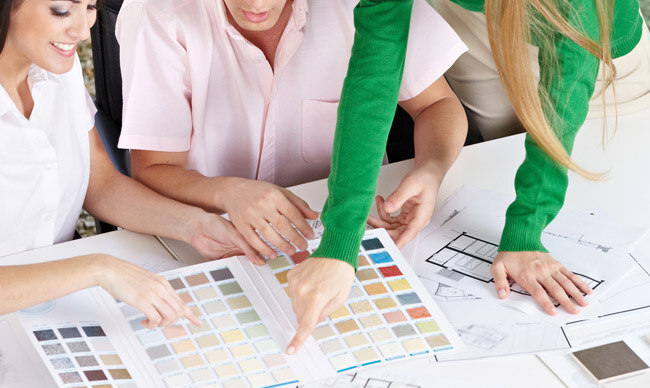
- A strong creative vision to develop innovative and unique design solutions.
- Excellent verbal and written communication skills to effectively convey ideas to clients, contractors, and team members.
- Ability to address and resolve design challenges and project issues efficiently.
- Keen attention to detail to ensure precision in design execution and project implementation.
- Strong organisational skills to manage multiple projects and meet deadlines.
- Ability to build and maintain positive relationships with clients through attentive service and responsiveness to their needs.
5. Salary of an Interior Designer in India
- An entry-level interior designer, typically with 0-2 years of experience, can expect to earn between INR 2.5 to 4 lakh per annum. This level involves assisting with design tasks, learning the ropes, and building a portfolio.
- With 3-5 years of experience, mid-level interior designers can earn between INR 5 to 8 lakh per annum. Professionals at this level take on more responsibility, manage projects, and work directly with clients.
- Senior interior designers with over 5 years of experience can command salaries upwards of INR 10 lakh per annum. These professionals often lead large projects, have a strong reputation in the industry, and may run their own firms and may also work on online interior design projects.
Also Check out: Top 10 BIM Interview Questions for Civil Engineers and How To Ace Them
7 General Interview Preparation Tips for Interior Designers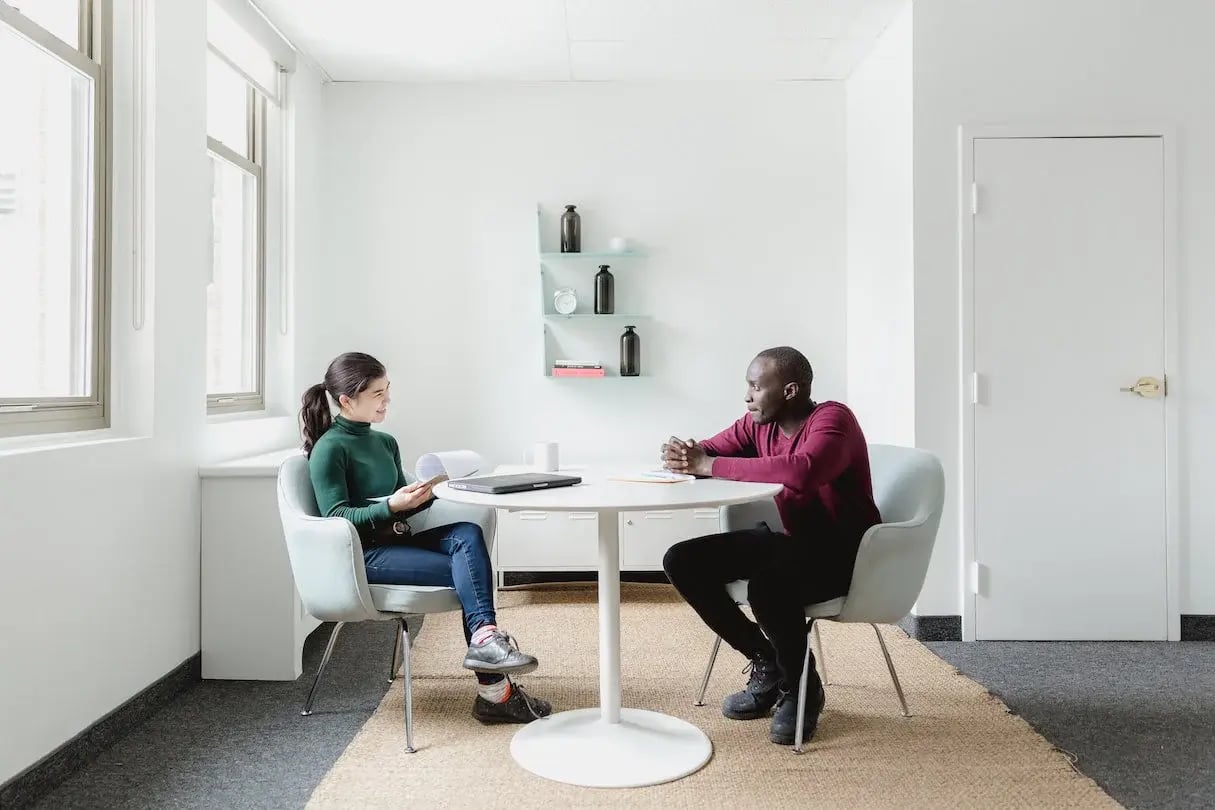
Some of the best interview questions for interior designers are focussed on both technical knowledge and life skills. So, mentioned below are generic interview preparation tips that will help you better prepare for D-day and identify the trick of how to answer interview questions.
1. Research the Company
Before your interview, take the time to thoroughly research the company. Understand their design style, recent projects, company culture, and values. Familiarise yourself with their portfolio and be prepared to discuss specific projects you admire. This will show that you are genuinely interested in the company and can see yourself contributing to their team.
2. Review Your Portfolio
Your interior design portfolio is a key component of your interview. Ensure it is up-to-date and highlights your best work showcasing different interior design styles. Include a variety of projects that showcase your versatility in modern house interior design, office interior design, interior design for living room, and traditional interior design. Be ready to discuss the design process, the challenges you faced, and how you overcame them. If possible, tailor your portfolio to include projects that align with the company’s style and typical work.
3. Outline Your Design Process
While answering interview questions for interior designers, the interviewers will want to understand how you approach your design projects. Be ready to explain your design process from concept to completion. Highlight your methods for space planning, selecting materials, creating mood boards, and collaborating with clients. Emphasise your ability to balance creativity with practicality and functionality.

4. Brush Up on Technical Skills
Interior design interviews often include questions about technical skills and software proficiency. Ensure you are comfortable discussing and demonstrating your knowledge of design software such as 3Ds Max, SketchUp, Revit, and Adobe Creative Suite. Be prepared to explain how you use these tools in your projects and provide examples.
5. Practice Common Interview Questions
Anticipate and practice answers to common interview questions for interior designers. Some questions to consider include:
- What inspires your design style?
- What is a modern home interior design?
- How do you handle tight deadlines and budget constraints?
- Can you describe a challenging project and how you managed it?
- How do you stay updated with the latest design trends?
Practising your responses will help you articulate your thoughts clearly and confidently during the interview.
6. Showcase Your Soft Skills
Soft skills are just as important as technical skills in interior design. Demonstrate your communication, problem-solving, and time management abilities. Provide examples of how you have successfully collaborated with clients, contractors, and team members. Highlight your ability to listen to client needs and translate them into effective design solutions.
7. Prepare Questions for the Interviewer
Having thoughtful questions prepared for the interviewer shows your interest in the position and helps you gather valuable information. Ask about the team you will be working with, the types of projects you will be involved in, and the company’s design philosophy. This also provides an opportunity to assess if the company is the right fit for you.
15 Best Interior Designer Interview Questions with Answers

Doing well in your interview helps candidates negotiate better salaries and bag lucrative work opportunities. So, mentioned below is a repository of the most-asked interview questions for interior designers that you can refer to.
-
Technical Knowledge and Skills
1. Can you describe your expertise with software for drafting, 3D modelling, and rendering?
Approach:
Emphasise your proficiency with key software tools and provide examples of how you've used them in past projects.
Sample Answer:
"I have extensive experience with software such as AutoCAD for drafting, SketchUp and Revit for 3D modelling, and V-Ray and Lumion for rendering. For example, in a recent residential project, I used Revit to create detailed 3D models that helped the client visualise the space, and then rendered these models in V-Ray to present realistic views."
2. How do you approach space planning and layout design?
Approach:
This is one of the most common interview questions and answers where you will have to discuss your methodical approach, incorporating both aesthetics and functionality.
Sample Answer:
"My approach to space planning starts with understanding the client’s needs and the functionality of the space. I conduct a thorough analysis of the site, considering traffic flow, natural light, and the placement of key elements. I use this information to create a modern house interior design with a balanced layout that maximises usability while ensuring an aesthetically pleasing indoors."
3.How do you ensure your designs comply with building codes and regulations?
Approach:
Highlight your knowledge of local codes and how you stay updated on regulations.
Sample Answer:
"I start by familiarising myself with local codes relevant to the project type. Throughout the design process, I regularly consult these guidelines and work closely with architects and contractors to verify compliance. For instance, in a commercial renovation, I collaborated with the building inspector to ensure all aspects of the design met safety and accessibility standards."
Also Check out: 15 Architectural Designer Interview Questions to Land High-Paying Jobs
-
Project Management and Coordination

1. How do you manage multiple projects simultaneously while meeting deadlines?
Approach:
Explain your organisational strategies and time management skills.
Sample Answer:
"I use project management software to track tasks, deadlines, and work progress. Also, I prioritise tasks based on urgency and importance, and I allocate specific time slots in my schedule for each project. Regular check-ins with my team ensure everyone is aligned and any issues are promptly addressed."
2. How do you handle changes or revisions requested by clients during a project?
Approach:
Show your flexibility and communication skills in accommodating client requests.
Sample Answer:
"I view client revisions as an integral part of the design process. When changes are requested, I first ensure I understand the client's reasons and expectations. I then assess the impact on the project timeline and budget, and communicate this clearly to the client. Following this, I propose a solution that best fits the situation."
3.What do you think is the best solution to manage budget constraints in a project?
Approach:
Discuss your experience with cost-effective design solutions and budget management.
Sample Answer:
"I start by understanding the client’s must-haves and areas where they are flexible. For example, in a recent residential interiors project, I repurposed existing furniture and used affordable, high-quality materials, achieving a stylish yet budget-friendly result."
-
Industry Standards and Protocols

Approach:
Highlight your commitment to continuous learning and professional development.
Sample Answer:
"I regularly attend industry conferences, webinars, and workshops to learn about the latest developments. I also subscribe to design journals and follow influential designers on social media. This continuous learning in interior design ensures my designs are innovative and aligned with current trends."
2. What is your approach to incorporating sustainable design practices into your projects?
Approach:
Discuss your knowledge of sustainable design principles and how you implement them.
Sample Answer:
"For my projects, I select eco-friendly materials and finishes, such as low-VOC paints and recycled or renewable resources. I also focus on energy-efficient lighting and HVAC systems to reduce the environmental impact."
3. How do you conduct site analysis and what factors do you consider during these evaluations?
Approach:
Explain your thorough site analysis process and key considerations.
Sample Answer:
"My process is quite strategic. I start by assessing the site’s dimensions, orientation, natural light, and existing structures. I also consider external factors such as surrounding buildings, noise levels, and accessibility. This information helps me identify opportunities and constraints, which inform the design strategy."

-
Soft Skills and Problem-Solving

1. How do you handle difficult clients or disagreements over design choices?
Approach:
Emphasise your communication and conflict resolution skills.
Sample Answer:
"Handling difficult clients needs patience, empathy, and clear communication. So, when disagreements arise, I attentively listen to understand their concerns and provide professional insights to address them. I present alternative solutions that align with their preferences while maintaining the design integrity."
2. How do you ensure clear and effective communication with clients throughout a project?
Approach:
Highlight your communication strategies and tools used for client interaction.
Sample Answer:
"In the case of interior design projects, I ensure clear communication by establishing regular check-ins and updates with clients, using tools like email, video calls, and project management software. I also provide visual aids, such as mood boards and 3D renderings, to help clients visualise the design."
3. What strategies do you use to manage a creative block?
Approach:
Discuss your techniques for overcoming creative challenges and finding inspiration.
Sample Answer:
"When facing a creative block, I find it helpful to step away and seek inspiration from various sources. Visiting art galleries, reading design magazines, and exploring nature often spark new ideas. Collaborating with colleagues and discussing the project can also provide fresh perspectives. Additionally, I keep a sketchbook where I jot down random ideas and concepts, which I can revisit for inspiration. "
Also Check out: 10 Common Architecture Interview Questions & How to Ace Them
-
Future Goals and Aspirations

1. Where do you see yourself in five years within the interior design industry?
Approach:
Show your ambition and vision for your career progression.
Sample Answer:
"In five years, I see myself taking on more leadership roles within the interior design industry. I aim to be a senior designer or project manager, leading large-scale projects and mentoring junior designers. "
2. What types of projects are you most passionate about and why?
Approach:
Reflect on your interests and how they align with your skills and values.
Sample Answer:
"I am particularly passionate about residential projects as they offer the opportunity to create personalised and meaningful spaces for clients. I enjoy understanding the unique needs and lifestyles of individuals and translating these into functional and beautiful designs."
3. How do you envision contributing to our company’s success and growth in the coming years?
Approach:
Align your skills and career goals with the company’s vision and objectives.
Sample Answer:
"I envision contributing to your company’s success by bringing a fresh perspective and a strong commitment to quality design. My technical skills, combined with my ability to manage projects efficiently and communicate effectively with clients, will help deliver outstanding results."
Also Read - 7 Most Asked Basic Interview Questions For Civil Engineers
In Conclusion
To excel in the interview, identify and research the interviewers themselves; understanding their backgrounds and interests can help tailor your responses and establish rapport. Also, you can enhance your digital presence by updating your LinkedIn page and sharing relevant industry articles, as employers often check online profiles.
If you seek high-paying job opportunities, gaining expertise in BIM can elevate your career. The BIM Professional Course for Architects and Interior Designers by Novatr is an excellent choice for this pursuit. This program delves into professional BIM workflows, software, and applications, providing valuable insights into the real-world applications of BIM. Students will work on capstone projects and learn from real-life industry examples delivered by learned practising professionals. The platform also provides placement assistance to enable students secure jobs in global companies.

Check out our Resources page to learn more about the latest trends and technologies in the built environment.

 Thanks for connecting!
Thanks for connecting!



.png)
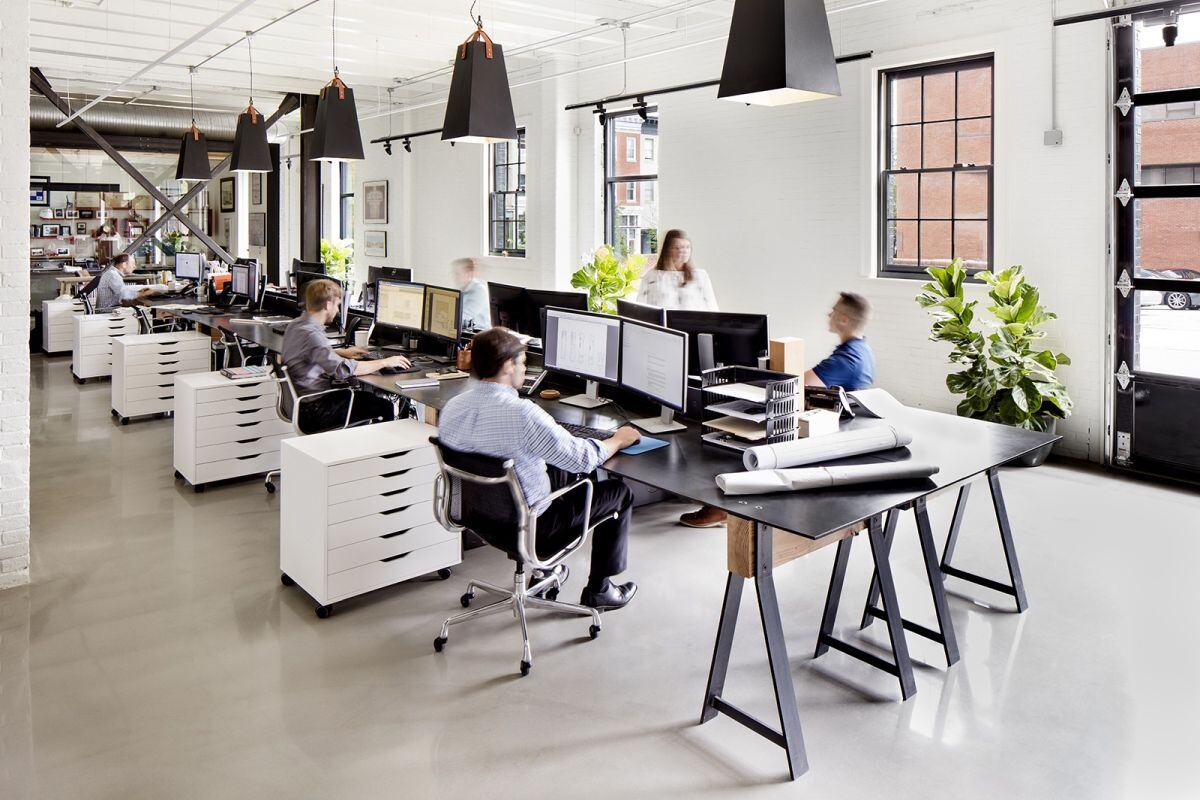
.jpg)
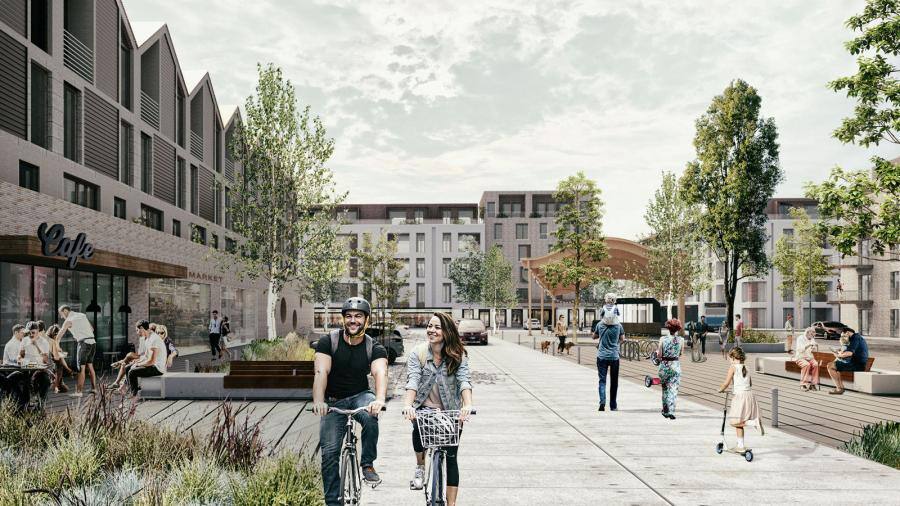

.jpg)

